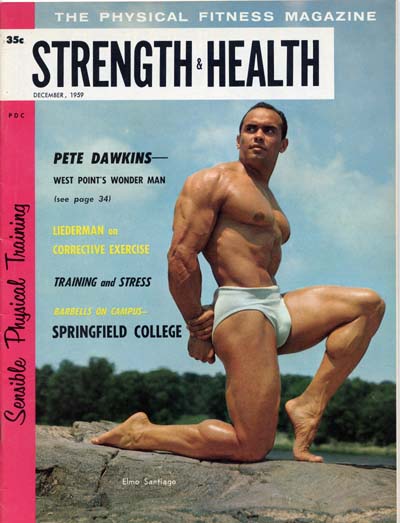Another Greg Zulak chest training article here:
Many more Greg Zulak articles here:
Many athletes spend their entire lives without ever tapping into the strength potential that exists throughout the lower arms. I personally made this mistake as a young athlete, and it is my hope that I can prevent others from doing the same.
Untapped Strength is a 244 page electronic book that is dedicated to lower arm development. This program is not intended for grip competitors, but rather athletes and exercise enthusiasts who wish to develop the lower arms to enhance performance and improve overall strength.
Throughout the book, I detail a simplified approach to lower arm training that is intended to complement your existing routine. Regardless of your athletic goals, stronger hands, fingers, and wrists will enhance performance and reduce risk of injury.
As for equipment requirements, there are options for everyone. You will find bodyweight exercises, free weight lifts, odd object lifts, several homemade tools, and even exercises that can be performed with regular household items. In other words, whatever you have is more than enough to start.
An abbreviated list of topics include the following:
- Indirect lifts that develop the lower arms
- Bodyweight exercises for the lower arms
- Odd object training
- Low-tech equipment tutorials
- Pinch grip training
- Thick grip training
- Support grip training
- Crush grip and finger training
- Wrist training
- Forearm development
- A simplified approach to lower arm programming
- And much, much more...
FULL HOUSE:
Complete Chest Development for the Upper-Pec Challenged
by
Greg Zulak
(1994)
In the eyes of the law we may all be equal, but once you take up bodybuilding, it soon becomes obvious that we're not all equal in our response to exercise and our genetic potentials for building muscle. To paraphrase George Orwell's dictum in his famous satire on communism,
Animal Farm, We are all equal, but some are more equal than others.
When they passed out the bodybuilding genetics, some of us got the gold mine, while others got the shaft. Consequently, one person can gain more mass and muscle in six months than another can gain in two years. To make matters even more confusing, despite the fact that all of a person's muscles are attached to the same body, we all have certain muscle groups that that we make fast and easy gains on and others on which we make slow, if any, progress. Even the champs have their weak bodyparts that don't respond as well as the rest.
Arnold Schwarzenegger, for example, could never get his thighs to match his massive torso, and Sergio Oliva's biceps, while huge, never had real peaks. Lee Haney also had problems with his biceps, while Robby Robinson lacks calves, Johnny Fuller has high lats and Vince Taylor lacks upper pecs. There are very few bodybuilders whose physiques are so complete that they don't have any poor muscle groups.
For me it's always been especially difficult to build my pecs. This has always frustrated the hell out of me because I just have to look at a weight and my delts grow. They grow when I do curls, for goodness sake!
My lats also respond well and grow fast, but my pecs, especially my upper pecs, have always developed slowly. I have to blast my chest just to get a bit of response, and what muscle I get seems to be in the lower sections, so I've always been envious of guys who have pecs that jut out from their necklines.
On the other hand, I know guys who can do set after set of presses and laterals and can't get a pump in their delts, yet they can do a few sets of bench presses and blow their pecs up like balloons. That's the way it is. Nobody says that life is fair. What I've discovered is that if you have a structure that's not conducive to building thick, full pecs, particularly in the upper portions of the pec major, you have to resort to special methods to get your muscles to respond.
The number one requirement for getting your pecs to grow is very high intensity training. Certain intensity techniques, including pre-exhaustion, super-sets, tri-sets and drop sets are very effective with chest training, especially when straight sets fail to work. Another way to increase tension and actual work load on the target muscles is to hold the weight in an unorthodox way.
Techniques for Problem Pecs
The trouble with traditional chest training is that it's hard to isolate your pectorals on compound exercises like the bench press. The the bench press is the second most popular exercise, after curls, in gyms everywhere, but - let's face it - some people's structures just aren't suited to flat-bench pressing. For those folks it's a better idea to perform bench presses to the neck, and it also helps to bring your legs up and cross them over your body, which forces you to hold your back flat and keeps you from arching or cheating. If you keep your elbows wide and pulled back in line with your shoulders and lower the bar slowly to your neck, you should realize more development in your upper pecs, which will improve overall chest shape and help you avoid that unsightly hollow in the upper chest that's so common among bodybuilders.
Here's a tip from Larry Scott, the first Mr. Olympia, that makes bench pressing to the neck even more effective. Twist your hands as you hold the bar so it runs diagonally across your palms, not straight on. Your thumbs should be under the bar, with your little fingers on top and the forefingers of each hand on the front side of the bar and almost pointing at each other. This is the opposite approach to the one some powerlifters use. To make it easier to visualize, think of this as attempting to have your knuckles facing each other when you bench press. It's all about making your elbows go high and wide, not low and tucked.
The first thing that happens when you hold the bar with a diagonal grip is that your elbows go high and wide. That's good because the more you twist your hands, the higher and wider your elbows go, and this position greatly increases the stretch to your upper pecs. Larry recommends that you consciously keep your elbows high and wide throughout the full range of motion. If you do the exercise this way, you'll get 100 percent more stretch in your upper pecs than you were getting before. If, as you perform your reps, you begin to feel the stretch lessening, you've allowed your elbows to come forward and drop. Keep them high and wide at all times, and your upper pecs will burn like crazy.
Another point about bench presses to the neck is that you don't quite lock out at the top. Instead, stop an inch or so short of full lockout to keep constant tension on your pecs, but don't get into the bad habit of only doing half-reps. In the quest for constant tension a lot of lifters start off doing three-quarter reps, which is permissible, and then they gradually shorten the range of motion to the point where the bar only moves eight or 10 inches at most, and they're doing half-reps, if that. This causes the pecs to miss out on quite a bit of work. Constant tension is great, but try to maintain it over the largest range of motion you can, not the shortest.
Bench presses to the neck performed Scott-style are even more concentrated and effective when you use the Smith machine because you don't have to worry about balancing the bar. All you have to do is press and focus on making your pecs pump and burn. From is more important than sheer weight, so it's better to use moderately heavy poundages than super-heavy weights, which encourages cheating and poor form.
By the way, setting your grip and arms so the bar runs diagonally across your palms works great on incline presses as well, especially when you do them on the Smith machine. If you find it difficult to make your upper pecs work hard on this movement, try doing them this way. Believe me, your upper chest will ignite.
The same diagonal grip also works with dips. The wide-grip dip, sometimes known as the Gironda dip, calls for you to invert your hands, or turn them inward so that your palms face out and the knuckles of your hands point at each other, not forward or outward. This forces your elbows to move out wide and puts all the pressure on your pecs. The Gironda dip is best done on V-dipping bars which are 34 inches wide. If it hurts your wrists to dip when using this technique, try taking a wider grip on the bars. The wider you go, the less it hurts your wrists and the more stress it places on the outer and lower sections of your pecs.
Dipping this way builds the outer and lower pecs. Regular dips performed with your elbows back primarily build front delts, triceps and lower pecs.
Align Your Body Right
Whether you're doing bench presses, incline presses or flyes, make sure that you align your body before you begin so your pecs get the mechanical advantage, not your delts or triceps. Many people are what training expert John Parrillo - -
http://www.parrillo.com/Free issues of
Performance Press from 1990 to the present.
Almost 300 issues:
http://www.parrillo.com/publications.asp - - calls "delt bench pressers" because they flatten out their chests at the top of the movement and push the bar up using delt strength, not pec strength. To change this and become a pec bench presser, you have to set up your pectoral girdle before you begin the first rep to put the tension on the right muscles.
Take the bar from the rack and roll your shoulders under your body. Feel as as though you're pushing your rear delts down toward your waist, and keep pushing them down hard throughout the set. Never let up. At the same time arch your sternum, or chest bone, up. As the weight goes up, push through with your pecs, not your delts. Keep your shoulders down and back.
In addition, move the bar in an arc, not straight up and down. The arc allows you to contract your pecs hard at the top. I suggest that you practice with light weights until you get the motion down pat.
Use the same delts-pushing-down, chest-pushing-up position on flyes so you keep your delts out of the movement as much as you can and your pecs are the primary movers.
One final tip for when you're doing dumbbell presses or flyes. You'll get a harder pec contraction if you turn your palms in at the very top.
The Pre-Exhaust Principle and Your Chest
The technique of pre-exhaustion was invented by my friend and mentor Bob Kennedy, who announced to the world in a 1968
Ironman article that performing lateral raises before presses had enabled him to work his delts much harder than normal.
http://ditillo2.blogspot.ca/2012/04/original-pre-exhaust-article-robert.htmlArthur Jones of Nautilus fame later expanded the pre-exhaust principle to include flyes before bench presses for pecs, leg extensions before leg presses for thighs, and pullovers before pulldowns for lats. In effect, performing any isolation movement for a specific muscle before a compound movement for the same muscle pre-exhausts the target and permits you to train it with greater intensity.
The idea behind the pre-exhaust principle is simple. You can work a particular muscle structure much harder than is otherwise possible if you eliminate the weak links that prevail in all basic compound movements, which are exercises that involve two or more muscle groups. Since this is a chest article, let's use chest exercises as an example.
The problem with popular compound chest exercises, such as bench presses, incline presses and dips, is that you hit muscular failure when the weakest of the involved muscles, the triceps, can no longer perform. Since this occurs long before you work your chest muscles to any significant degree, your triceps grow well but your pecs typically become underdeveloped.
By performing an isolation exercise such as flyes or pec deck flyes before a compound chest exercise, like bench presses, incline presses or dips, you can pre-tire, or "pre-exhaust" the chest muscles and correct this problem. By the time you begin the compound movement your pecs are already tired and exhausted, but your triceps are still fresh and strong. Then, when you hit failure on the compound exercise, it's because your pecs have given out, not your triceps. There are two ways to use the pre-exhaust principle for chest training. You can do standard pre-exhaust supersets, taking little rest between exercises, ot you can do modified pre-exhausts, performing three to five sets of the isolation movement before you begin the compound movement. In our example that means 3 to 5 sets of flyes before you begin your benches or inclines.
Either method is effective and both can be used to good advantage. Here are some sample routines:
Upper Chest Pre-Exhaust Superset Workout
Pec Deck Flyes - 4 x 8-12, superset with ->
Smith Machine Incline Presses (diagonal grip) - 3 x 8-12, 1 x 25.
Incline Flyes - 3 x 8-12, 1 x 25.
Cross-Bench Pullovers - 2 x 12-15.
Upper Chest Modified Pre-Exhaust Workout
Incline Flyes - 4 x 6-12, 1 x 20-25.
Pec Deck Flyes - 3 x 8-12.
Smith Machine Incline Presses (diagonal grip) - 3 x 6-10, 1 x 20-25.
Flat Bench Dumbbell Presses - 3 x 6-10.
Cross-Bench Pullovers - 2 x 15.
Modified Pre-Exhaust Overall Chest Shaper
Pec Deck Flyes - 3 x 10-12.
Incline Flyes - 3 x 8-12.
Bench Presses to Neck (diagonal grip) - 3 x 6-10.
Incline Dumbbell Presses - 3 x 8-10.
Cross-Bench Pullovers - 2 x 15-20.
Building the Upper Pecs with Supersets and Trisets
Although you're performing supersets when you do standard pre-exhausts, they're not regular supersets, because you perform the isolation movement first, before the compound movement. By supersetting flyes after bench presses or incline flyes after incline dumbbell presses, however, you can greatly increase the training intensity on your pecs and force a lot of blood into the muscles. Furthermore, by doing trisets in a special way, you can incorporate the benefits of both pre-exhausts and supersets into one set. For example, here's one of my favorite combinations for the pecs:
Triset:
Pec Deck Flyes ->
Smith Machine Incline Presses (diagonal grip) ->
Incline Dumbbell Flyes.
This works well because the three are different types of chest exercises and don't work the muscles in the same way. Larry Scott often trisets incline dumbbell presses, incline barbell presses and incline dumbbell flyes, but many guys are going to have a problem with that mix because the incline dumbbell presses and incline barbell presses both work the triceps heavily. By the time you finish the barbell presses your triceps are fried. In the triset listed above, your arms remain fresh because the triceps are only used on one exercise, the incline presses.
Sometimes I do bench presses to the neck before the triset and finish with a few rounds of cross-bench pullovers. This enables me to use a heavy-light system and really give my pecs a good workout. Try it sometime, and you'll know what I mean.
Here's the complete routine:
Triset Overall Pec Program
Bench Presses to the Neck (diagonal grip) - 3 x 10,8,6.
Triset (3 or 4 rounds) :
Pec Deck Flyes - 10-12 ->
Smith Machine Incline Presses (diagonal grip) - 6-10 ->
Incline Dumbbell Flyes - 10-12.
Cross Bench Dumbbell Pullovers - 3-4 x 10-12.
If you don't feel your pecs on this one, you better check your pulse.
Another of my favorite combinations for chest is incline dumbbell flyes after incline dumbbell presses. I like to do this superset after four or five sets of bench presses to the neck, a routine that pumps up the upper pecs. Because they are small muscles, it's very difficult to get much lactic acid buildup in the upper pecs, and it's also hard to get and maintain a pump. Even so, this superset blasts the area and fills in that hollow at the top of the chest.
To stress your upper pecs even more and get fuller development, adjust the angle of the bench after each superset, going from a low incline of 20-25 degrees up to 70 degrees.
Here's the complete routine:
Superset Upper Pec Routine
Bench Presses to the Neck - 4 x 10,8,6,15-20.
superset: Incline Dumbbell Press - 4-6 x 8-12 ->
Incline Dumbbell Flyes - 4-6 x 8-12.
Cross Bench Pullover - 3 x 15.
If you lack inner pecs, finish with some cable crossovers or pec deck flyes, and if you need more lower-pec development, add some dips. Three sets of each should do the trick.
The following variation incorporates both pre-exhaust and regular supersets:
Combination Superset Upper Pec Routine
superset: Pec Deck Flyes - 3-4 x 10-12 ->
Smith Machine Incline Presses (diagonal grip) 3-4 x 8-15.
superset: Incline Dumbbell Press (varied angles) - 3 x 8-12, 1 x 20-25 ->
Incline Dumbbell Flyes (varied angles) - 3 x 8-12, 1 x 20-25.
The Beauty of Dumbbell Work
Because you can lower dumbbells below the level of your torso on flyes and presses, you can give your pecs more stretch than they get when you use a barbell. A basic rule of exercise physiology states that the more a muscle is stretched at the beginning of a rep, the harder it can contract at the finish. This adds up to greater muscle stimulation and growth. I can't emphasize enough the importance of getting a good stretch on all your chest exercises.
Dumbbells also give you greater pec isolation. When you use them, your pecs do more work, which is why so many people who get little results with barbell bench presses and inclines often do much better with flat-bench and incline dumbbell presses. If you've been performing lots of barbell chest movements and have little to show for it, switch to an all-dumbbell chest routine for a while.
The techniques used with the following workout are the same as those required for the previously listed routines. In this case begin with flat-bench dumbbell presses, starting light and pyramiding up in weight on each set as you would with a barbell. Do 4 or 5 sets, decreasing your reps from 12-15 down to a hard 6, then drop the poundage and pump out 20-25 reps on the last set.
The next step is to perform 6 supersets of incline dumbbell presses followed by incline dumbbell flyes, adjusting the angle of the bench every 2 sets. Do 2 sets at 25 degrees, 2 at 45 degrees and 2 at 60-65 degrees. On the last set reduce the weight and do 20-25 reps of each exercise, really burning out your pecs.
You finish with three sets of cross-bench dumbbell pullovers, at 15-20 reps per set, supersetted with 3 sets of Gironda dips, on which you do as many as you can get. Stretch your pecs on each rep and take breaths as big as possible on the pullovers. On the dips lower as far as you safely can for maximum stretch, and keep your elbows wide.
Here's the complete routine:
Dumbbell Chest Routine:
Flat Bench Dumbbell Press -
4-5 x 12-15, 10, 8, 6, 1 x 20-25.
Incline Dumbbell Flyes (varied angles) -
4 x 8-12, 1 x 15-20.
superset:Cross-Bench Dumbbell Pullovers - 3 x 15-12 ->
Gironda Dip - 3 x failure.
For variety do the incline flyes before the incline presses in pre-exhaust style at every other workout. This will shock the muscles and keep you growing.
Here's an all-dumbbell routine that hits every section of the pecs hard. Less experienced trainees can do 3 supersets of each combination instead of 4.
Dumbbell Superset Strategy:
superset:Incline Dumbbell Presses - 4 x 8-10 ->
Incline Dumbbell Flyes - 4 x 8-12.
superset:Flat Bench Dumbbell Presses - 4 x 6-10 ->
Flat Bench Dumbbell Flyes - 4 x 8-12.
superset:30 degree Incline Dumbbell Presses - 4 x 8-10 ->
30 degree Incline Dumbbell Flyes - 4 x 8-12.
Cross-Bench Dumbbell Pullovers - 3 x 15.
Reverse the order of the exercises in each superset at every other workout and do them in pre-exhaust style. If you pecs aren't pumped after you complete this workout you're definitely loafing and not serious about building your chest. You should be drenched in sweat and your pecs should be on fire after this routine.
If your weren't blessed with the structure and insertions for building big pecs, you'll have to earn them the old-fashioned way - through hard, intensive work. Train at an extremely high intensity; aim for a good pump and a deep burn in the target muscles, which indicates fatigue-producing buildup, and go for a maximum stretch within the safety limits on every rep. Use constant tension when you can, but over the largest range of motion possible.
End.







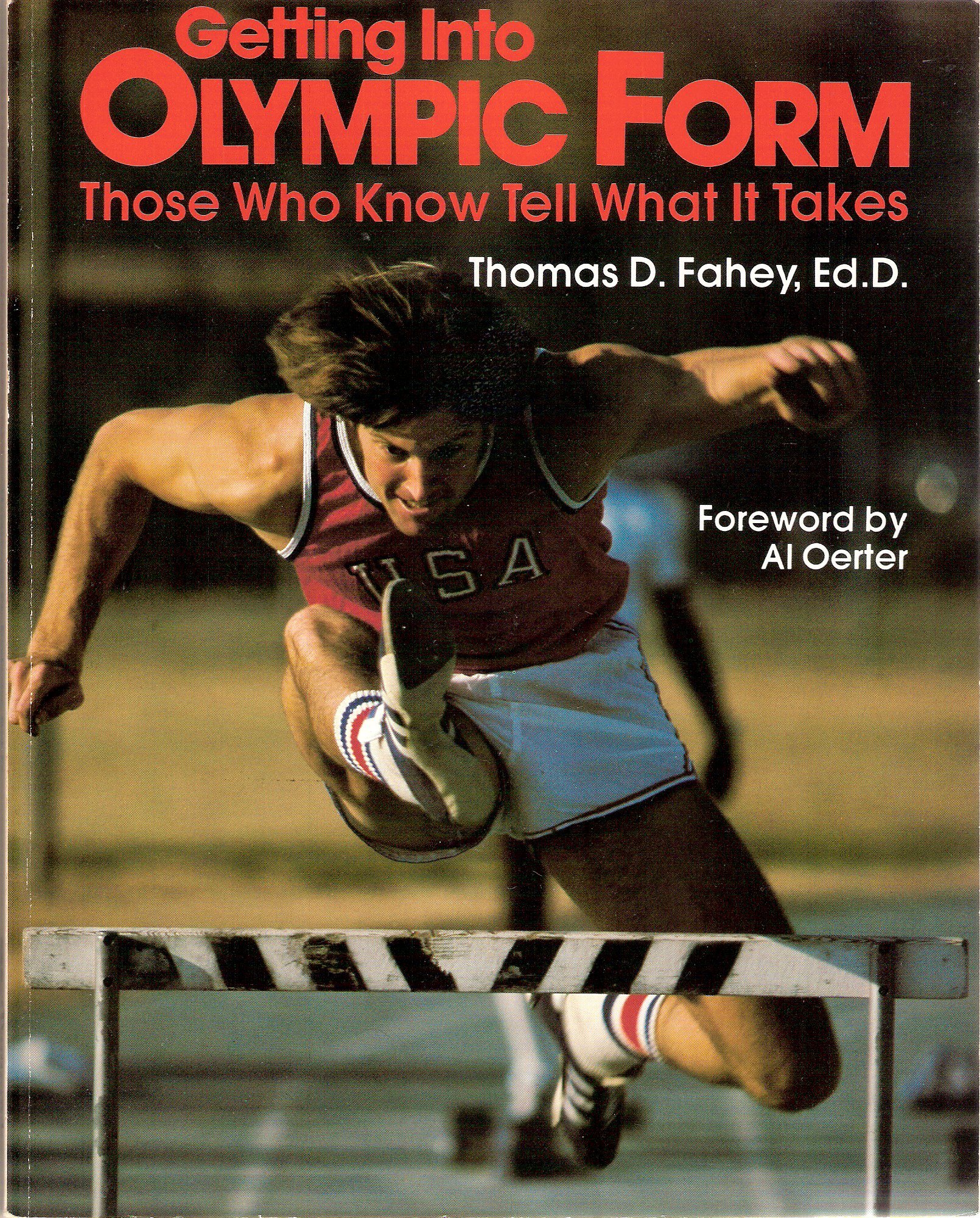











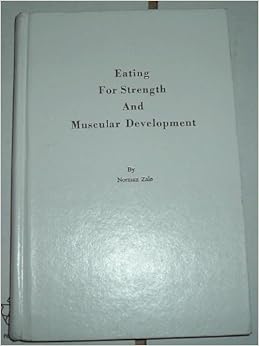



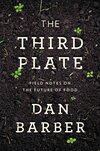

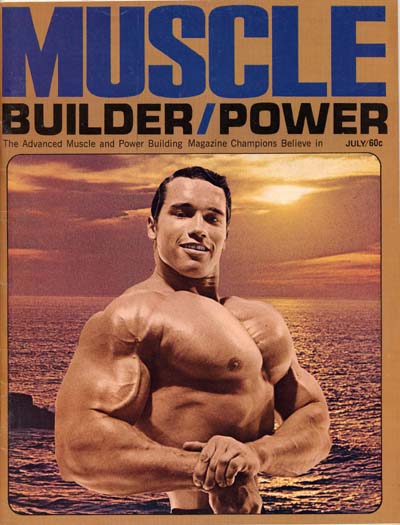

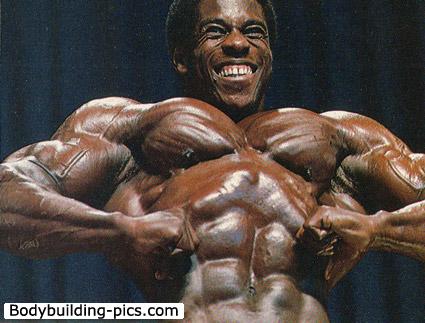


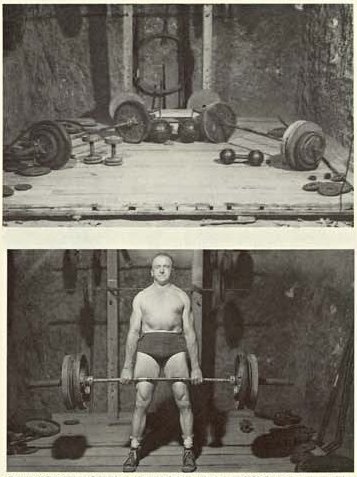










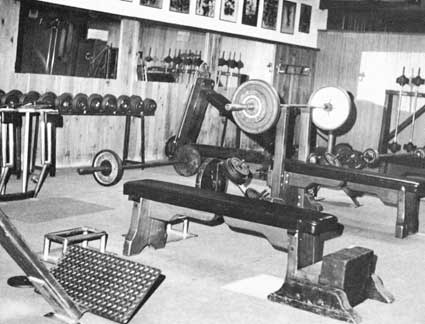

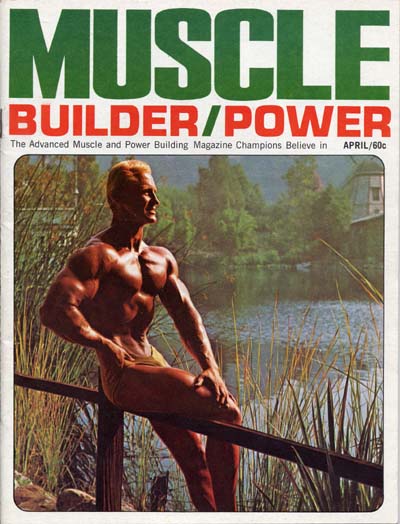

-200.jpg)













